The banjo, with its distinct sound and cultural roots in African and American history, has made a surprising comeback in modern music. While traditionally associated with genres like country, folk, and bluegrass, today’s artists have ingeniously incorporated the banjo into a diverse range of musical styles. This resurgence has not only reinvigorated interest in the instrument but also breathed new life into contemporary music. In this document, we’ll explore some modern songs that feature the banjo, underscoring the instrument’s versatile and enduring appeal.
“Jump Then Fall” by Taylor Swift
Taylor Swift, known for her roots in country music, often incorporates the banjo in her songs. One notable example is “Jump Then Fall” from her 2008 album “Fearless”. The song employs a delicate banjo riff that intertwines with Swift’s playful melodies, creating a warm and inviting sound. This use of the banjo not only adds a rich, textured layer to the track but also harks back to Swift’s country origins, perfectly blending her past with her present. The track’s success demonstrates the banjo’s ability to adapt and thrive in the realm of mainstream pop music.[1]
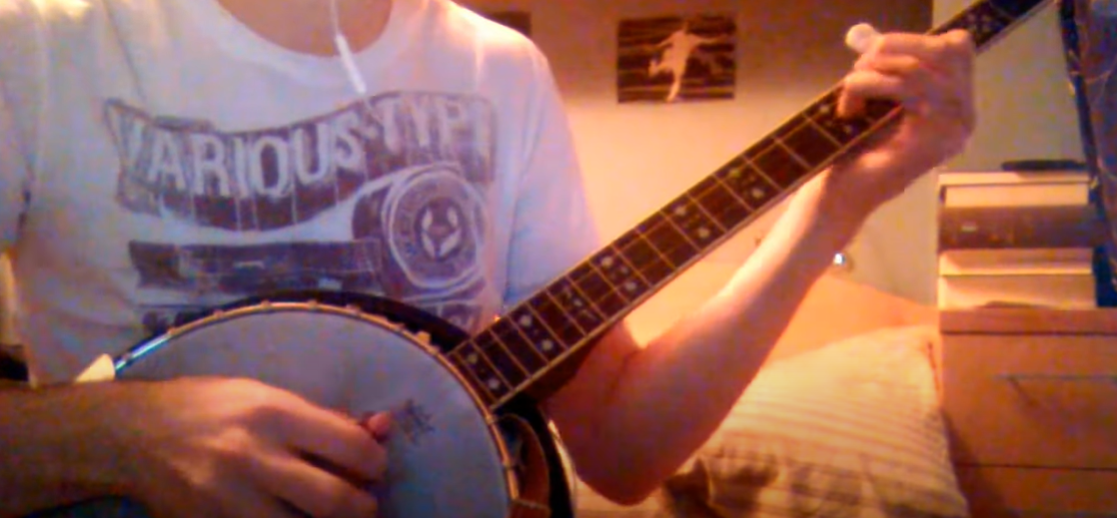
“Squeeze Box” by The Who
The Who, the iconic British rock band, surprised many of their fans with the track “Squeeze Box” from their 1975 album “The Who by Numbers”. The song notably features a lively banjo line, played by none other than the band’s guitarist, Pete Townshend. The banjo’s resonant and rhythmic sound adds a unique twist to the band’s signature rock style, contributing to the song’s catchy, upbeat tempo. This unexpected yet successful incorporation of the banjo in a rock context exemplifies how versatile the instrument can be when used creatively, further demonstrating its cross-genre appeal.[1]
“Midnight Flyer” by Eagles
An American rock band, the Eagles, adeptly used the banjo in their song “Midnight Flyer” from the 1974 album “On the Border”. The track begins with a distinct banjo lead, played by multi-instrumentalist Bernie Leadon, which sets a rhythmic foundation for the rest of the composition. Through the song, the banjo’s vibrant, twangy notes create a country-tinged aura that beautifully complements the band’s rock sensibilities. The inclusion of the banjo provides an earthy, rootsy feel, highlighting the Eagles’ ability to blur genre boundaries. The success of “Midnight Flyer” underscores the banjo’s potential in bridging the gap between rock and country, and its capacity to enhance a song’s mood and character in unexpected ways.[1]
“Banjo” by Rascal Flatts
Renowned for their blend of country and pop, Rascal Flatts made a prominent use of the banjo in their chart-topping hit “Banjo” from their 2012 album “Changed”. The track kicks off with an energetic banjo riff that sets the tone for the rest of the song, a tribute to the restorative power of country living and the peace it brings. Played by the band’s multi-talented guitarist, Joe Don Rooney, the banjo’s dynamic, foot-tapping rhythm stands as the beating heart of the song, driving the track forward and providing an infectious momentum. The song’s success serves as a testament to the banjo’s enduring relevance in country music, and its ability to inject a track with an undeniable sense of joy and exuberance.[2]
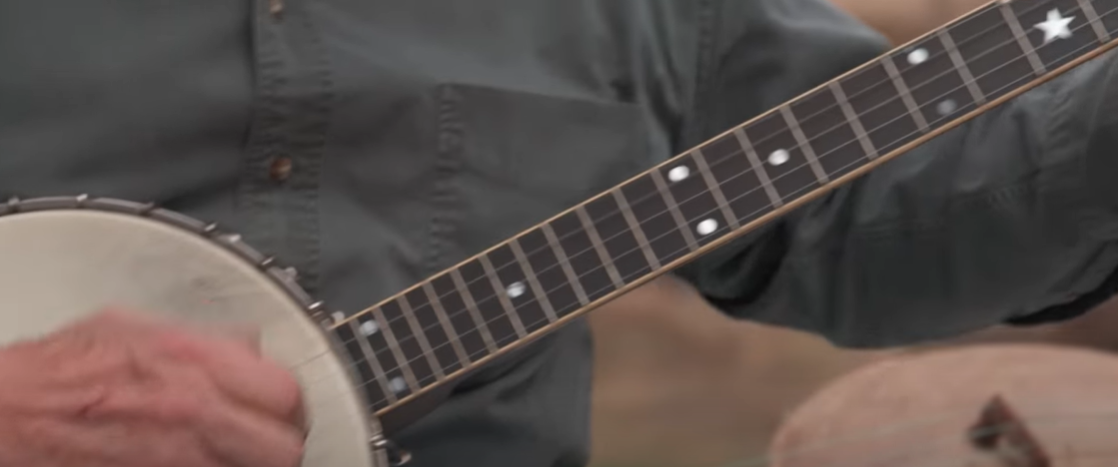
“Gallows Pole” by Led Zeppelin
Led Zeppelin, a band synonymous with hard rock and heavy metal, showcased the banjo’s versatility with their song “Gallows Pole” from their 1970 album “Led Zeppelin III”. The track features a compelling banjo part played by multi-instrumentalist Jimmy Page. The banjo, with its sharp, metallic twang, gives the song a folkish flavor that stands in contrast to the band’s usual rock aesthetic. The instrument’s unique timbre adds an unexpected depth to the song, enhancing its narrative of desperation and suspense. The successful integration of the banjo in “Gallows Pole” reconfirms the instrument’s adaptability and underscores its potential to add a distinctive edge to a wide array of music genres.[2]
“Dueling Banjos” by Eric Weissberg
“Dueling Banjos” is a renowned piece by Eric Weissberg, featured in the 1972 film “Deliverance”. The track showcases a riveting banjo-guitar conversation, a musical duel that has since become one of the most celebrated banjo compositions in popular culture. The song begins with a soft banjo melody, which is responded to by the guitar, and the two instruments then proceed to exchange, challenge, and echo each other in an escalating musical dialogue. The standout performance by Weissberg on the banjo not only demonstrates the instrument’s robust and dynamic capabilities, but it also highlights the banjo’s innate ability to engage listeners and create an intense, captivating soundscape. The universal appeal and enduring popularity of “Dueling Banjos” affirm the banjo’s compelling presence and its significant influence in shaping the narrative of modern music.[2]
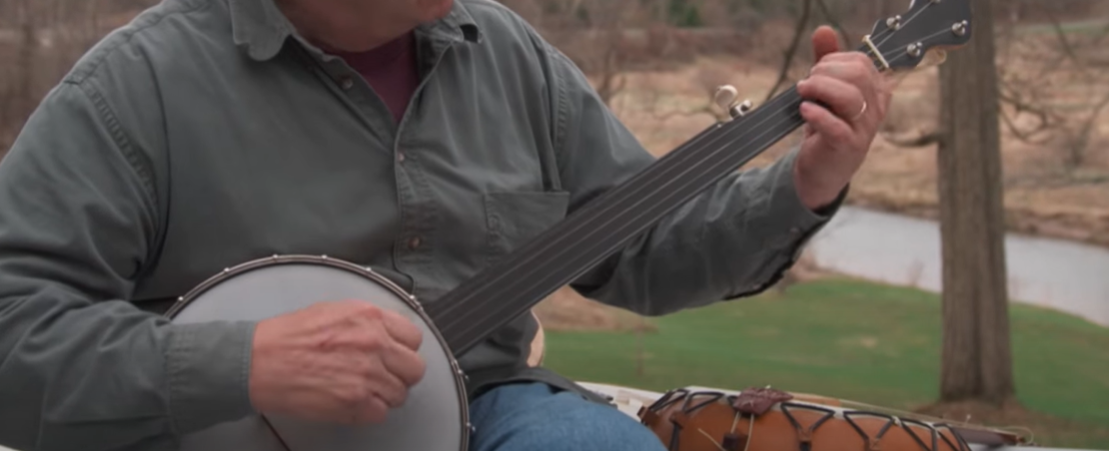
“The Cave” by Mumford & Sons
Mumford & Sons, a highly acclaimed British band, gained international recognition for their distinct folk-rock sound, which propelled the banjo into the spotlight. Their breakout hit song “The Cave” from the 2009 album “Sigh No More” showcased the exceptional talent of lead singer Marcus Mumford, who skillfully played the rollicking banjo part that became central to the song’s composition.
Mumford & Sons’ decision to incorporate the banjo in such a prominent and masterful way has played a significant role in reviving interest in this timeless instrument and demonstrating its contemporary relevance. Their artistry and passion have not only enriched the music industry but have also inspired a new generation of musicians to embrace the banjo as a powerful tool for creative expression.[2]
FAQ
What songs have a banjo?
“Little Lion Man” by Mumford & Sons
Following their successful incorporation of the banjo in “The Cave”, Mumford & Sons further showcased the instrument in their hit “Little Lion Man” from the same album “Sigh No More”. The banjo, once again played by Marcus Mumford, provides an earthy undertone to the band’s poignant lyrics and emotive vocals. Its rhythmic strumming enhances the song’s emotional intensity, adding depth to the narrative of regret and self-reflection. The banjo’s distinctive sound is seamlessly woven into the fabric of the song, proving its ability to enrich a composition and augment its emotional impact. The popularity of “Little Lion Man” further cemented the banjo’s place in modern music, demonstrating its versatility and the unique charm it can bring to a song.
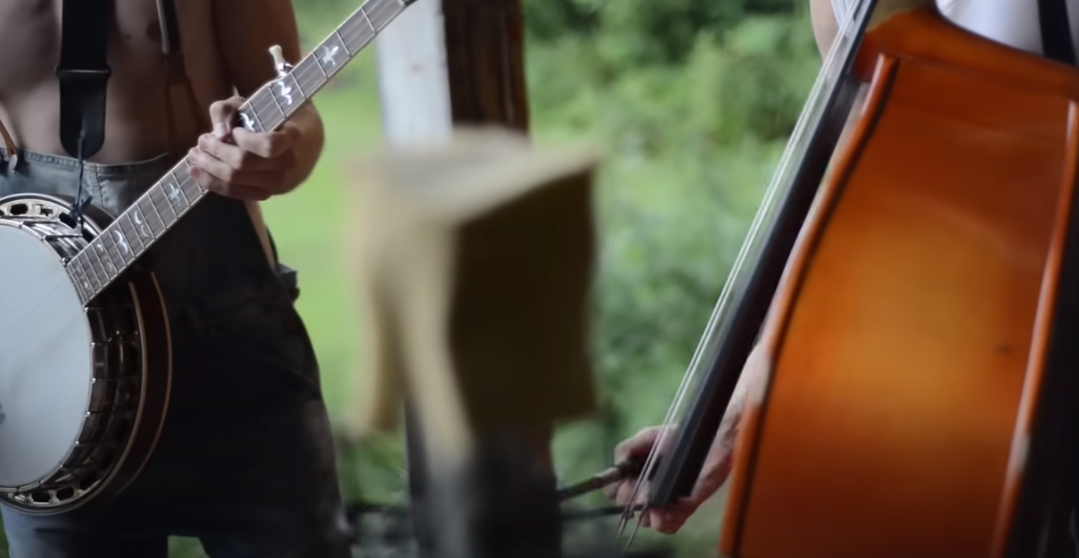
“Cripple Creek” by The Band
One of the most notable uses of the banjo in rock music can be found in The Band’s song, “Cripple Creek” from their 1969 album, “The Band”. The banjo, played by multi-instrumentalist Robbie Robertson, provides a joyful, rollicking rhythm that perfectly complements the song’s celebratory, free-spirited lyrics. The banjo’s lively twang is a key element of the song’s appeal, adding a festive, foot-tapping energy that is irresistibly infectious. The track’s success underlines the banjo’s unique ability to inject a track with a distinct, lively character, demonstrating the instrument’s enduring appeal in the sphere of rock music.
“Take It Easy” by The Eagles
The Eagles, known for their skillful blending of rock and country elements, incorporated the banjo in their classic hit, “Take It Easy” from their self-titled 1972 album. The banjo, performed by Bernie Leadon, imbues the song with a rustic, down-to-earth vibe that beautifully underscores the song’s laid-back, easy-going lyrics. The instrument’s characteristic twang adds a layer of authenticity to the song, enhancing its warm, welcoming aura. The widespread popularity of “Take It Easy” stands as a testament to the banjo’s influence in shaping the distinctive sound of The Eagles, and its continued relevance in contemporary music.
Which musical genre uses the banjo today?
The banjo, once primarily associated with country and folk music, has transcended genre boundaries and found its way into a diverse range of modern music styles. With its distinctive twang and rhythmic capabilities, the banjo has become an increasingly popular choice for musicians across various genres.
In the realm of rock and pop music, the banjo has added a unique flavor to compositions, bringing a touch of rootsy authenticity to the sound. Bands like Mumford & Sons and The Avett Brothers have prominently featured the banjo in their folk-rock compositions, creating an energetic and foot-stomping atmosphere that resonates with audiences worldwide.
Even in the realm of country music, the banjo has played a significant role in shaping the genre’s evolution. Artists like Taylor Swift have seamlessly incorporated the banjo into their pop-country crossover hits, infusing a catchy and contemporary sound with a touch of traditional charm.
But the banjo’s versatility doesn’t stop there. In the realm of indie music, the banjo has found a home in the hands of artists like Sufjan Stevens. Known for his delicate soundscapes and introspective lyrics, Stevens has used the banjo to add an earthy, organic feel to his compositions, creating a rich tapestry of sounds that captivates listeners.
In conclusion, the banjo’s unique ability to bring a distinctive character to any composition has made it a versatile and vital tool in the modern musician’s arsenal. Whether it’s adding a touch of rustic charm or creating a lively and energetic atmosphere, the banjo continues to leave its mark on the ever-evolving landscape of contemporary music.
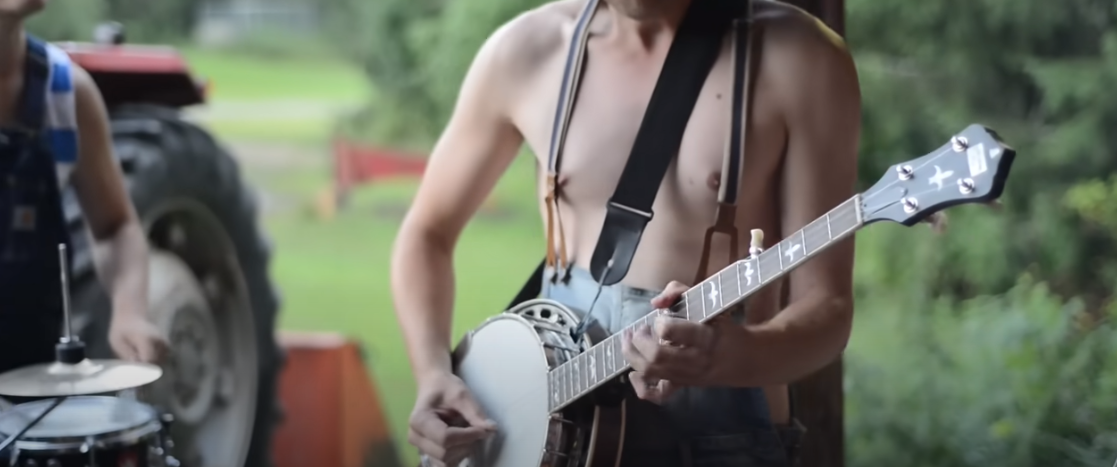
Is banjo folk or pop?
The banjo, a truly remarkable instrument, defies the boundaries of musical genre with its unique sound and rich history. Traditionally associated with folk and country music, the banjo’s characteristic twang and lively rhythm perfectly complement the storytelling nature and earthy vibes of these genres. However, in recent years, the banjo has ventured beyond its roots and found its place in pop music, captivating a broader audience with its versatile sound.
Artists like Taylor Swift and Mumford & Sons have embraced the banjo, using it to add a distinctive touch to their pop tunes. This infusion of banjo melodies into mainstream pop showcases the instrument’s adaptability and ability to transform a wide range of musical compositions. Its presence in contemporary chart-toppers and traditional ballads alike demonstrates that the banjo transcends genre limitations.
It is important to note that the banjo’s classification as a folk or pop instrument is not solely defined by its inherent nature. Instead, it is the creative application and innovative approach of musicians that ultimately determines its genre classification. The banjo’s true essence lies in its capacity to enhance and elevate any musical composition, regardless of its traditional or modern origins.
In conclusion, the banjo’s journey from folk and country music to the realms of pop exemplifies its versatility and enduring appeal. Its ability to break barriers and create new musical expressions is a testament to its lasting relevance in the ever-evolving landscape of music.
What bands use a banjo?
The banjo, with its distinct sound and rich history, has not only gained popularity but has also been embraced by numerous bands across a wide range of genres. One notable example is Mumford & Sons, a British folk-rock band that played a significant role in reviving interest in the banjo. Their globally acclaimed hits like “The Cave” and “Little Lion Man” showcase the banjo’s unique charm and its seamless integration into their music.
In the realm of rock music, bands like The Band and The Eagles have effectively utilized the banjo’s twang and rhythm to add an extra layer of depth and character to their tracks. The banjo’s presence brings a refreshing and distinctive sound to their compositions.
Moving to the folk-rock genre, The Avett Brothers, an American band, have skillfully incorporated the banjo into their energetic and heartfelt compositions. The banjo’s lively and melodic qualities perfectly complement their music, creating a captivating listening experience.
Even in pop-country music, artists like Taylor Swift have recognized the banjo’s ability to infuse a rustic touch into their chart-topping hits. With its warm and inviting sound, the banjo adds a unique flavor to Taylor Swift’s music, creating a blend of contemporary pop and traditional country elements.
Moreover, the banjo’s versatility extends beyond mainstream genres. Indie artists such as Sufjan Stevens have explored the banjo’s potential to create earthy and organic soundscapes. Its presence adds a sense of intimacy and authenticity to their music, capturing the hearts of listeners.
Despite its traditional roots, the banjo continues to find a place in the music of many modern bands, effortlessly bridging the gap between the past and the present. Its enduring appeal lies in its ability to bring a touch of tradition, versatility, and distinctive charm to the music of various genres and artists.
Can guitarists play banjo?
Yes, guitarists can indeed play the banjo. The two instruments share some similarities, such as the use of frets and strings, which can be plucked or strummed. However, it’s important to note that the banjo has a unique playing style, often involving fingerpicking techniques that can differ significantly from those used in playing the guitar.
Additionally, standard banjos usually have four or five strings, compared to six on a guitar, and they are tuned differently. The banjo’s distinct sound and tone create a vibrant and lively atmosphere, especially in genres like bluegrass and folk music. Exploring the banjo opens up new possibilities for musicians, allowing them to tap into a rich heritage of traditional and contemporary banjo music.
While guitarists already possess many skills that can be beneficial when transitioning to play the banjo, such as understanding chords, scales, and rhythm, there are unique challenges to overcome. Adapting to the banjo’s shorter neck and smaller frets may require some adjustments in hand positioning and technique. The fingerpicking style used in banjo playing involves intricate patterns and rolls, adding a layer of complexity to the instrument. However, with patience, persistence, and dedicated practice, guitarists can certainly learn to master the banjo and unlock a world of new musical horizons.
Playing the banjo expands a musician’s repertoire and allows for the exploration of different musical genres and styles. The distinctive sound of the banjo adds depth and character to any ensemble, and its rhythmic versatility makes it a valuable addition to jam sessions and live performances. Whether it’s embracing the lively melodies of bluegrass or delving into the soulful tunes of folk music, guitarists who venture into banjo playing can find a rewarding and fulfilling musical journey. So, if you’re a guitarist looking to expand your musical horizons, why not give the banjo a try? You might discover a whole new world of musical possibilities waiting to be explored.
What kind of banjo does Taylor Swift use?
Taylor Swift, known for her country-pop crossover style, has often incorporated the banjo into her songs. Swift, an accomplished musician, typically uses a Deering Boston 6-string banjo. This instrument, also known as a banjitar, is essentially a banjo body with the neck of a 6-string guitar, making it a perfect choice for guitar players looking to achieve the banjo sound without having to learn a new instrument. With its bright, crisp tone, Deering’s Boston banjo lends a distinctive flavor to Swift’s music, underscoring the down-home country roots of her sound while seamlessly blending with her pop sensibilities.
Useful Video: Outkast – Hey Ya | Banjo Cover
Conclusion
The banjo has proven to be a versatile instrument that transcends genres and time. Its unique sound and rhythmic capabilities have made it a choice instrument for many musicians, from classic rock bands like The Eagles to modern pop-country artists like Taylor Swift. Despite its roots in traditional folk and country music, the banjo’s influence in contemporary music cannot be overstated. It has found a home in numerous genres, shaping the music of acclaimed bands and solo artists across the globe. The banjo’s capacity to enhance and transform a wide range of musical compositions, coupled with its enduring appeal, firmly establishes it as a mainstay in the world of music. Whether it’s a folk ballad or a pop hit, the banjo brings a distinctive charm that resonates with audiences far and wide. As we continue to explore new sonic landscapes, the banjo will certainly remain a vital part of our collective musical vocabulary.
References:
- https://www.musicalmum.com/songs-with-banjo/
- https://www.musicindustryhowto.com/songs-with-banjo/

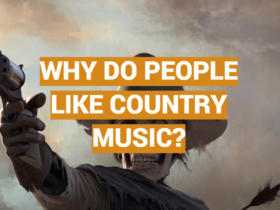


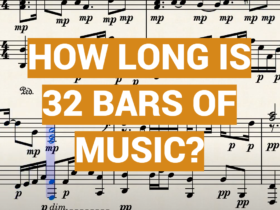
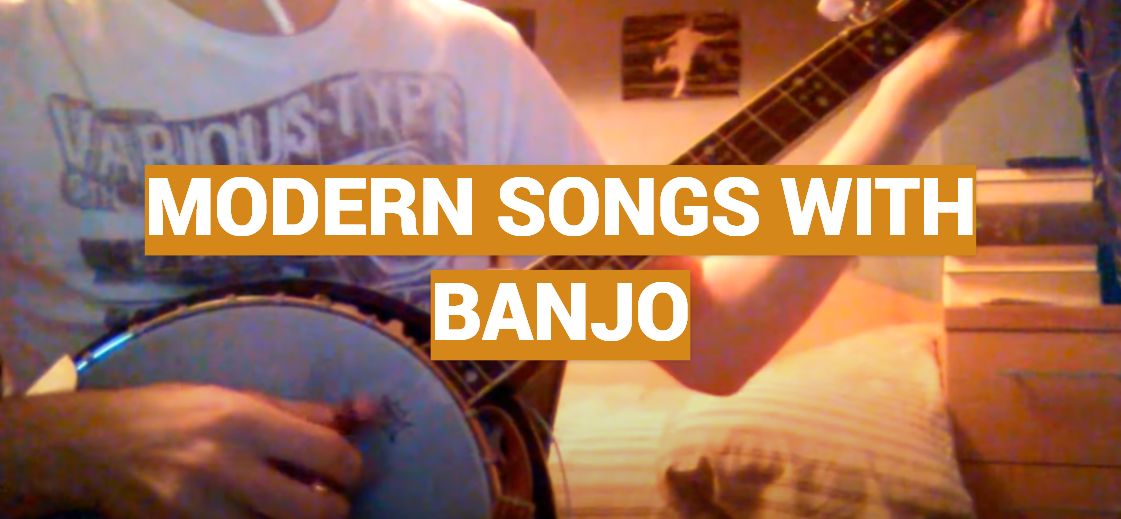
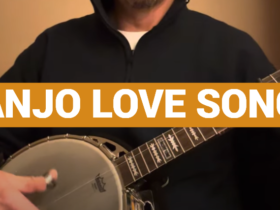

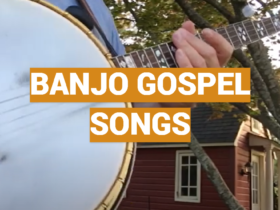
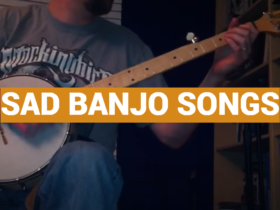
Leave a Reply